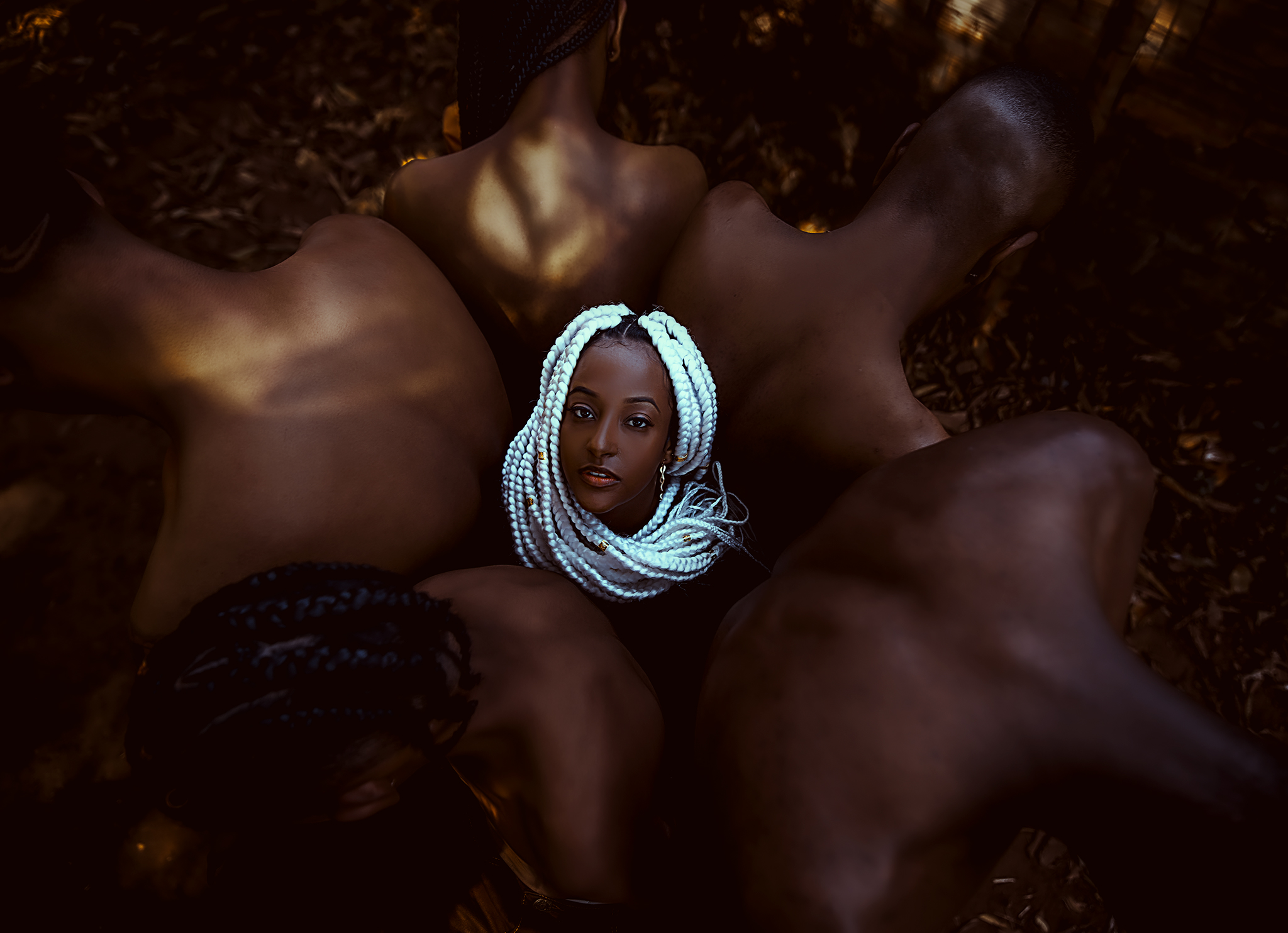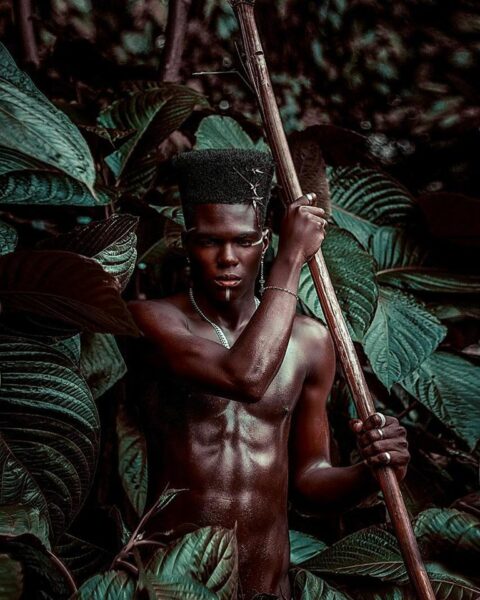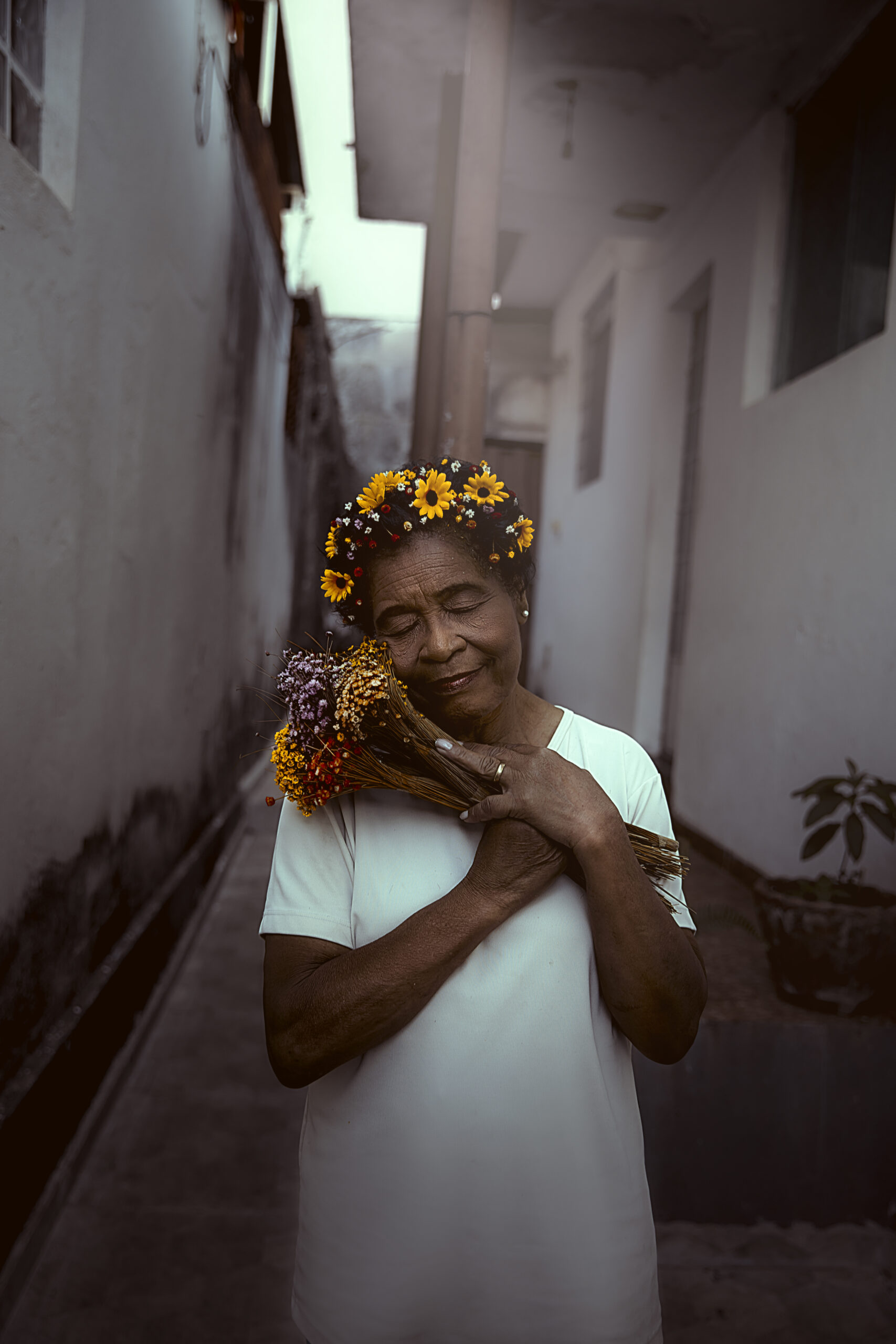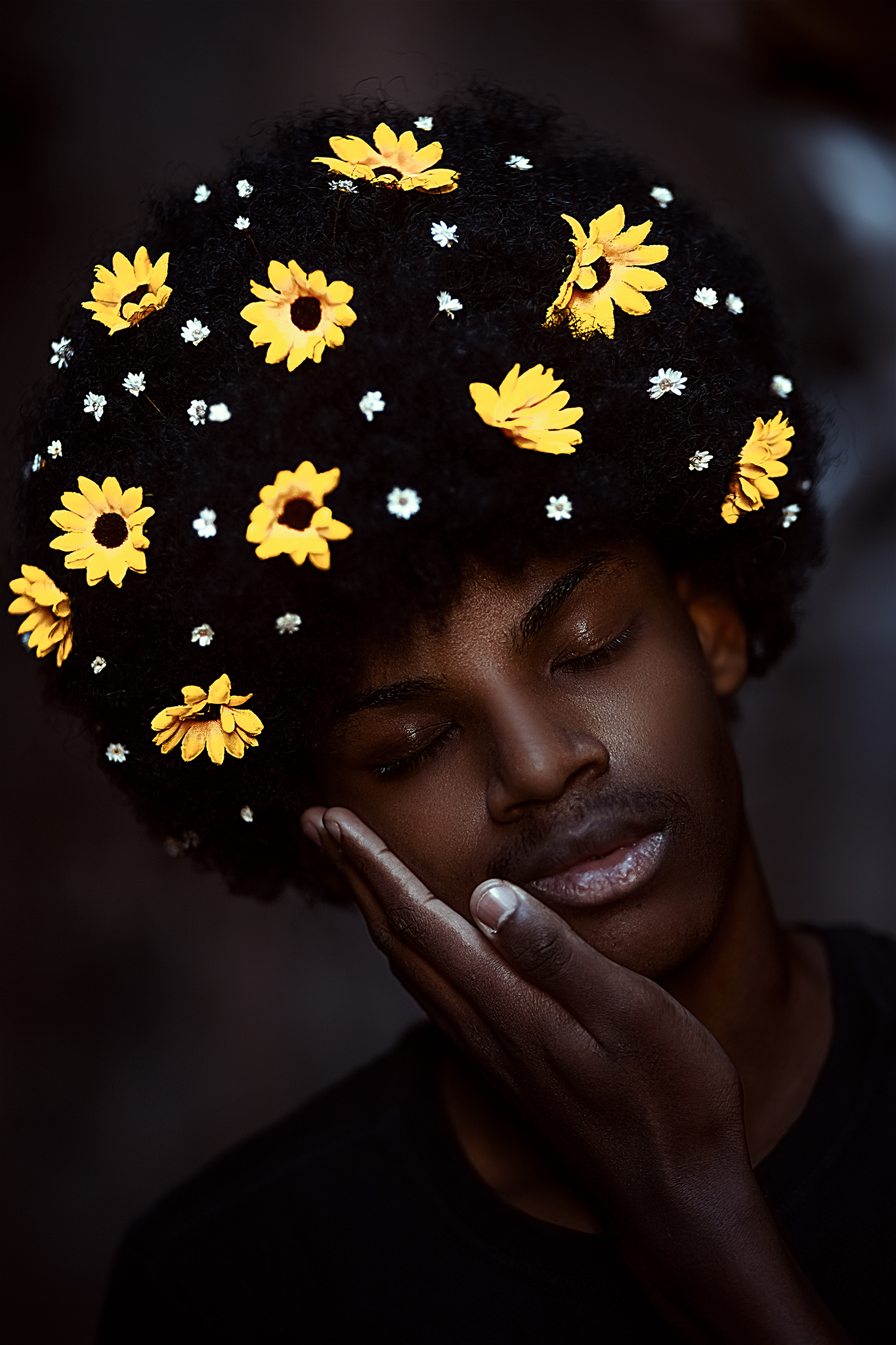Self-taught photographer Rafael Freire's work portrays the residents of Belo Horizonte
Originally published on Global Voices

One of Rafael's first shootings took place in the park next to the community where he and his subjects live, in Belo Horizonte, southeastern Brazil | Photo: Rafael Freire/Used with permission
Photographer Rafael Freire, 28, dedicates his time to portraying the life and beauty of those who live around him in a community known as Aglomerado da Serra, in Belo Horizonte, in the state of Minas Gerais in southeastern Brazil, with racism, Blackness, ancestry, and social invisibility in the background of the images he captures.
Freire was born and has lived his entire life in the region, and he has no plans of leaving. The stories come from him and the models, which can be seen in the photos and videos published on the photographer's social networks.
“It's not something that belongs to me, nor is it about me. I do it for other people,” he highlights.
The right to dream

Part of the project ‘Natureza Nua’ (Naked Nature) | Photo: Rafael Freire/Used with permission
After his parents’ separation, Freire started “watching cars,” in his words, an informal job in many parts of Brazil and Latin America. He looked after the people's cars “on the other side of the favela's hill (serra),” the part where the middle-class lives.
The Aglomerado da Serra is one of the largest favela areas in Latin America. Located in the southern part of the city of Belo Horizonte (BH), it concentrates almost 50,000 people going up and down the hills, every day — BH has about 2.5 million residents.
“My house is right in the middle. If you look from above, you can see that the streets form a drawing that looks like a flower,” Freire says.
At almost 18 years of age, Freire got a job in a stationery shop located within the community.
“What is your dream?” one of his coworkers asked him.
“I remember answering that I didn't know. We are born, we grow up, we reproduce, and we die. And we work. I had no right to dream. I didn't know I could. I said I didn't want to be anything, that I didn't want to grow up anymore.”
His colleague insisted. Freire eventually revealed he enjoyed writing and that he sometimes took some pictures. He recalls describing the relief he felt when taking photos, using the cell phone he had at the time.
“[My colleague] said that I could invest in this and become a photographer,” he recalls.
This colleague then helped him buy his first camera — a semi-professional that took a few monthly installments to pay off.
“She was saving up for her wedding and decided to lend me some of the money to buy the camera. We made a friendly deal and I kept dreaming.”
The first photos were taken at the Mangabeiras Municipal Park, also in Belo Horizonte. Every morning, Freire would pack his camera and snacks. He would only return in the afternoon, spending hours getting to know the equipment and seeing how the light hit the trees, the plants, and his skin in different ways.
This experience resulted in his first project: a series of self-portraits. Freire published the pictures on a social network, Orkut, at the time and ended up gaining some recognition in the community and among his schoolmates.
“I began to be sought out to take portraits of other people in the community. This opportunity gave me enough confidence to do my first authorial project with other people,” he says.
Thus “Natureza Nua” (Naked Nature) emerged: portraits of naked bodies in nature. This project resonated in his city, especially due to the diversity of the bodies Freire portrayed.
“Without being hypersexualized, without being about the body as an object,” emphasizes the photographer.
Freire eventually graduated from high school. After a while, he began to work in a local public school teaching photography to children.
He points out that being in school opened his eyes to the importance of representation and how this should also be a part of his photographic work.
“I realized that I would teach in a school with 90 percent Black students. I let my hair grow during this period. I started taking complementary courses as well, especially on Black aesthetics,” Freire says.
However, in mid-2015, the school was paralyzed soon after he started teaching. No one could go out on the street, and nothing was open. “Two factions clashed. I didn't know what to do with the children.”
Freire decided to photograph, then, what he saw. From this period came the project “Construindo a Paz: versos em imagens” (Building Peace: Verses in Images) — where his students, children around the age of 10, created poems for the photos.
“In one of the poems, a student reflected on one fact: there are no flowers in the favela. I had never noticed that and she was absolutely right,” says Freire, highlighting this inconsistency since the word favela also designates a type of flower.
This reflection resulted in his most recent series, “Favela Flor que se Aglomera” (Favela Flower that Clumps Together). “This project doesn't have a home yet, but it will one day,” he said about the project that has yet to find a place to exhibit.
Currently, Freire lives off of monthly contributions from those who support his work, via collective funding. In addition, he also has his salary as a teacher.
The photographer dreams of opening an agency in the Aglomerado da Serra to actually employ the residents as models and be able to share part of the profit from his photos with them. People from the community are already his modelling subjects, but he is still not able to pay them for it. Freire tells that he invites each person as he comes up with the ideas for his images.
“I don't want to be just another photographer with a pretty picture, I want to make a difference in the lives of others. If not that, there is no point in being a photographer for me,” he says.

Photo: Rafael Freire

Photo: Rafael Freire

Photo: Rafael Freire

Photo: Rafael Freire

Photo: Rafael Freire
Post a Comment